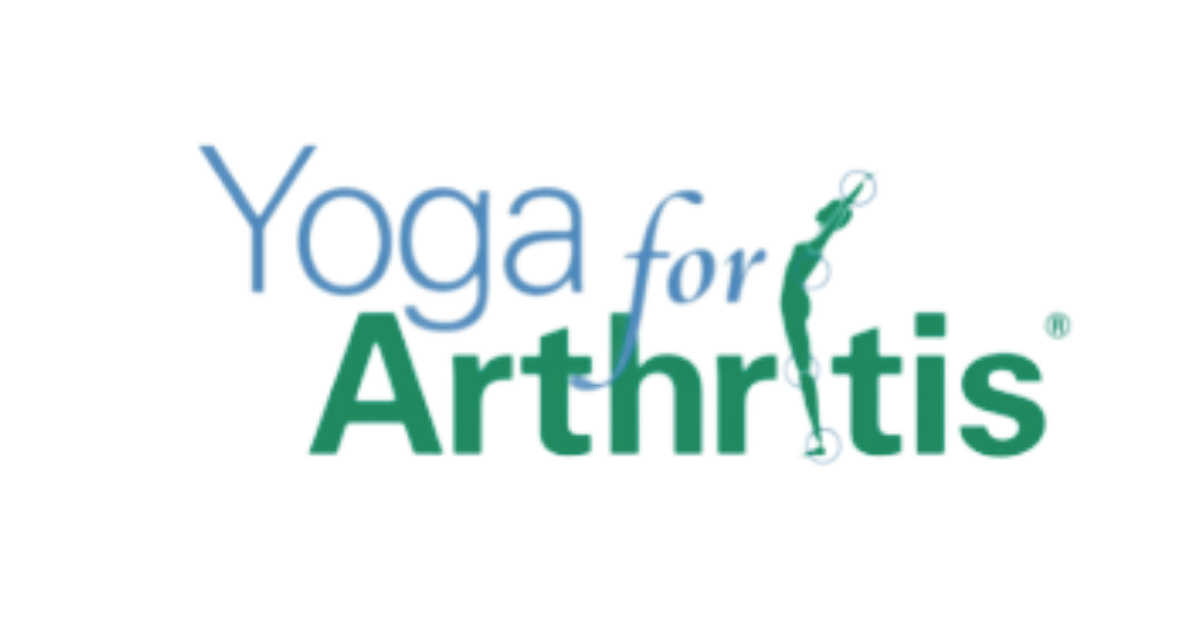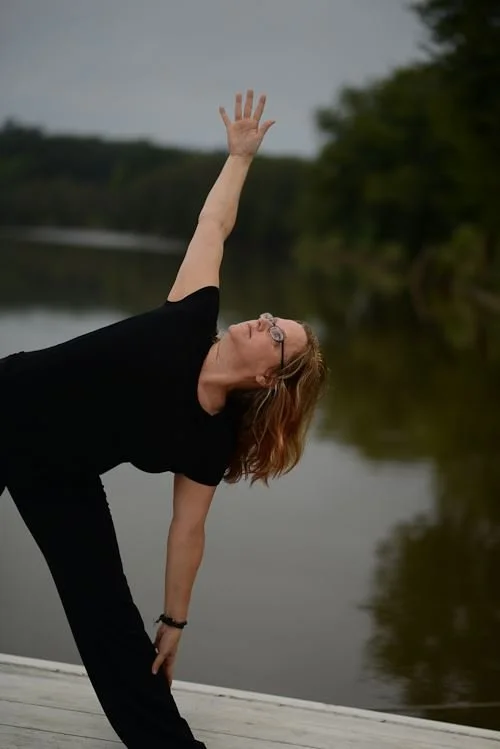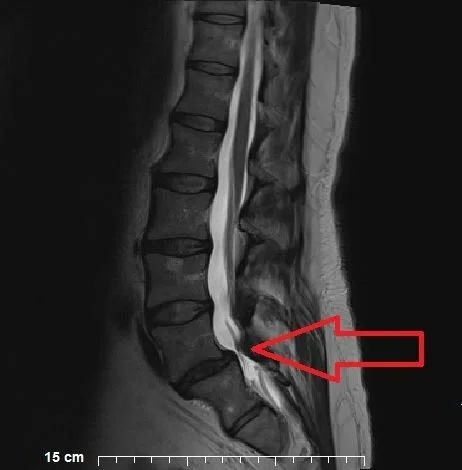Yoga for Chronic Low Back Pain
I remember the moment that my chronic back pain moved from a one on the pain scale to a ten. It was July 2016 while taking a walking tour that involved hills, starts and stops for conversation, not much time to complain and no time to sit down. When I got to my car I was in tears.
But the journey to this place of extreme pain started years before, if not at the beginning of my life. In 2010 I was diagnosed with a level 2 spondylolisthesis at L5 – L6 (transitional vertebra) which is the forward or anterior displacement of one vertebra over another. I may have been born with it. In 2014 I learned that back bending too far could break my back and from that time on I was always very careful. In 2015 I experienced a traumatic event to my back and my spirit that probably accelerated the degeneration in my back, at this point my pain went from infrequent to chronic but moderate. Then, a little over a year later, on the walking tour, my back finally said “UNCLE!”
I wasn’t sure what to do. I started with my family doctor. MRI showed Degenerative Disc Disease with an extruding disc. I was told to select a neurosurgeon. This process took months, all the while I was in pain. To cope I began researching what I could do to help myself. I could go to a pain doctor for injections, but I was still going to need surgery, so I decided against that expense. As a Yoga Therapist, C-IAYT, I reached out to my community of colleagues. After much trial and error, I came up with a routine that worked for me. As part of my research I became a Level 1 Yoga for Arthritis Teacher. I also consulted with books, doctors, friend and associates that suffer with back pain too.
The routine I eventually came up with takes 15 minutes of Yoga Therapy Poses and 15 minutes of meditation and breath work each day. I went from not being able to walk even 1/8 of a mile in September to walking up to ½ mile before the surgery in December. Since surgery I have walked as much as 8 miles without sitting down! But I still have my routine that I am slowly integrating back into my day.
Beth’s Routine for Chronic Low Back Pain:
- Lay on a mat or carpet supine with feet touching the wall knees bent. Take one knee and hug it into the chest. Straighten the other knee perhaps all the way to a toe point on the wall. This uses the friction of the mat/carpet below to gently massage and warm up the back. Change legs. (Krentzman)
- Core work: engage the pelvic floor (Kegel), move the abs to the middle, tuck low ribs in and push back into floor, and move the belly button towards the spine. Hold and release. (Sullivan)
- Wrap the hands around the back of the head letting the elbows drop forward, thus providing a cradle/sling for the head, which should relax. Engage the core as above and lift from the core, gently crunch. (Pilates)
- Supine Figure 4 Pose – knees bent feet on floor. Bring one foot up and rest it on the opposite knee. Let the knee of the leg that is up drop open. Take your hands and hold on to the back of the knee that is on the down leg. Gently pull that knee in toward your chest. Optionally use your elbow to open the knee of the up leg. Switch sides.
- Happy Baby pose: hands hold feet or knees to chest, roll around massaging low back
- Bridge Pose: feet and shoulders on ground, knees bent, engage glutes and hamstrings, lift hips only to neutral, not beyond
- Roll over
- On good days only – Plank pose (upper pushup) for a few seconds moving into one very slow chaturanga (lower pushup), followed by pushups. Belly button to spine the whole time, focus on core. On a bad day – wall pushups.
- Prone Decompression pose – extend arms finger tips on ground, tuck toes, squeeze knees together and breathe – 4-5 breaths allow the head to rise just a little, the tiniest backbend. Feel a lengthening in the spine. Adapted from Foundation Training, only the part that starts at 1:30.
- Birddog Pose - Hands and knees, engage core, center of the back may arch up. Extend one leg back and up off the ground keeping hip level with the opposite hip. Extend the opposite arm too. Keep the core engagement. Exhale bring the knee and elbow together, inhale extend, repeat 10 times, change sides, follow this with up to 5 bird dog holds in the extended pose for 4 breaths on each side alternating sides
- Goddess pose/squats: standing, toes can be down, knees bent. It’s important to do a pose in neutral after a one-sided pose to avoid pain – Yoga for Arthritis
- Low lung, try to get the knee off the ground focus on the quads, change sides
- Mountain pose: simple standing to move back to neutral
- Tree pose: Standing foot to opposite leg, focus on core stability, try to upset the balance to engage the core more. Change sides. (If it is too much to get the foot to the opposite leg then just lift the knee in front of you)
- Squat walk to meditation spot.
- Meditation consists of focusing on the breath and adapting this simple Relaxation Response meditation by Peg Bain . This video uses a word on inhale and a different related word on exhale. I added my own words, happy-back, strong-back, pain-
free, anxiety-free, om-shanti, peace-peace. Add your own, whatever you need…
- Inversion (not on the head) of some sort. To get out of gravity. Down dog with a sling (Krentzman), Hand Stand, or Inversion Table, etc.
I was honored not long ago to be a guest blogger for the Cochrane Collaborative. Their mission “is to promote evidence-informed health decision-making by producing high-quality, relevant, accessible systematic reviews and other synthesized research evidence. [Their] work is internationally recognized as the benchmark for high-quality information about the effectiveness of health care.” Cochrane was releasing a systematic review of studies on the use of yoga to treat non-specific low back pain which showed yoga as promising. Unfortunately, there wasn’t room to include my daily routine, I’m so glad to share it above. Since writing the blog post for Cochrane the American College of Physicians have published a new guideline for the treatment of low back pain which lowers the use of opioids and increases the use of complementary therapies, including yoga therapy.
I’m so thankful for yoga therapy. It has truly saved my life. To find a certified yoga therapist in your area go to the International Association of Yoga Therapist’s website. Please reach out to me if the routine above is confusing.
Links:
http://www.cochrane.org/about-us/our-vision-mission-and-principles
http://www.cochrane.org/CD010671/BACK_yoga-treatment-chronic-non-specific-low-back-pain
https://cochranecam.wordpress.com/2017/01/12/yoga-for-low-back-pain/
http://www.iayt.org/search/custom.asp?id=4160
Relaxation Response Meditation Video:
https://www.youtube.com/watch?v=gAIYm6wpzw4&feature=youtu.be
Prone Decompression Video:
https://www.foundationtraining.com/videos_and_blog/prone-decompression/
Book and Thanks to:
Yoga for a Happy Back by Rachel Krentzman, C-IAYT
Core work adapted from the work of Marlysa Sullivan, C-IAYT
Bio: Beth Novian Hughes, MS Yoga Therapy, C-IAYT,eRYT500 is a yoga therapist in Rome, Georgia. Learn more about Beth at her website www.romega.yoga or contact her at novianhughes@gmail.com



